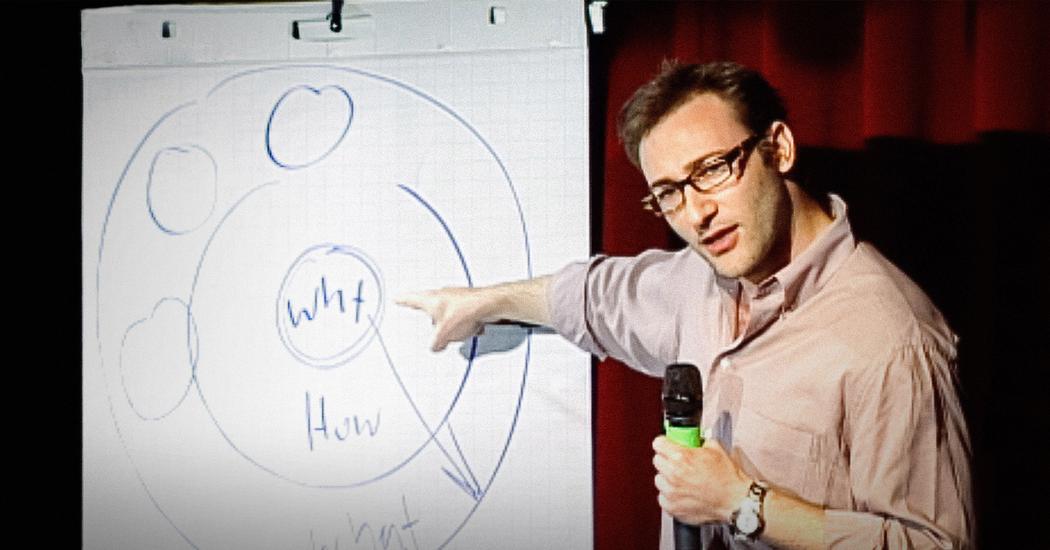The Pareto Principle, referred to as the 80/20 rule, is often underestimated by companies when they embark on their marketing or new business acquisition.
Here, we look at what it is, how it is applied and how you can improve your marketing using the principle.
Searching for answers
Having been in marketing and advertising longer than I care to remember, it always strikes me odd that many of the solutions companies are looking for are staring them in the face.
As scholars have always said, all the answers you seek are in books. In other words, somebody somewhere has been through the challenges you are facing, written about the problem and shared how they overcame it.
In today’s world, those answers are still in books but are also accessible via podcasts, YouTube videos and some surprising bite-sized content on platforms like Instagram and TikTok.
The number one source for questions and answers remains Google. Google aggregates all of the above and lets you choose how you access the information. Unlike the other platforms noted above, Google also highlights texts from books as well as bringing up blog articles relevant to your query.
The challenge
Many companies begin their marketing journey via the self-serve solution as a ‘quick fix’. Or, if they’re already running marketing, they try to make it work better, without really knowing or understanding their core objectives.
Our brains are programmed to try and find a solution when we have a problem. Once we find a potential solution, we go head first into applying it, without taking the time to think about the long term impact.
Guess what – we fail. Or at least 80% of us fail while the 20% address the issues. Why?
Who was Pareto?
The Pareto Principle is named after Vilfredo Pareto – an Italian economist, philosopher and thinker born in Paris in 1848.
His father was exiled from Genoa and 10 years after Vilfredo’s birth they returned to Italy, while it was still a hotbed of post renaissance thinking and ideology.
Pareto wrote a variety of books including one that looked at centralisation and decentralisation of the economy as well as the forces of wealth and distribution. The book was called The Rise and Fall of the Elites: Application of Theoretical Sociology.
The Pareto Principle
It was these observations that Pareto first discovered that 80% of Italy’s land was owned by 20% of its population.
This led him to look at whether the wealth and population distribution was different in other countries and he learned that the same was true in the rest of the other European countries.
Pareto then went on to see if this 80/20 rule applied to other areas.
To his surprise, it did. Pareto arrived at the stark realisation that society and life in general was not always distributed evenly.
In the late 50’s and early 60’s, management guru Dr Joseph Juran popularised Pareto’s Principle away from more of the more social and political aspects and applied them to business thinking and process. This is where so much of Pareto’s Principle is in use today.
Why is Pareto’s Principle important?
It is important to understand the environment in which your business operates. It is equally important to grasp where you fit into that environment compared to the larger and smaller players.
This helps you understand your brands offering and differentiation in the market – your 20%
Your 20% is your leverage to gain efficiency and growth.
Pareto’s earliest observations, that 80% of output was being created by 20% effort, is a wake up call in efficiency. In short, a level or equal distribution plays to the status quo. There is a dilution of effort in trying to do everything and achieve very little.
The importance lies in knowing how applying Pareto’s Principle in certain aspects can yield great results.
Less is More
Pareto’s 80/20 rule can be seen everywhere in today’s society.
One area that Pareto’s Principle is applied is to time management. When observed over a period of time, most people try to spread their work tasks out over a day. The reality of efficient time management is to focus on the important tasks – normally the 20%. If these are accomplished, they result in 80% of the work output created.

The same is true of manufacturing, fashion and investments. A typical example being that 80% of returns from a stock portfolio come from 20% of your investments.
The Pareto Principle in Marketing
Knowing what we know, how can we apply this to our business and growing our brand to win new business?
Let’s go back and say that though we are looking at 80/20 – the variants may change slightly in different markets e.g. 70/30. But the same principles apply.
Firstly, it is well observed that of all the brands advertising right now online on Social Media, YouTube, Paid Search – only 20% of them are having a level of success, the other 80% are achieving little or no return.
Ask yourself, of all the content you have seen over 2021 so far, can you really remember or recall the last time an advertisement made you buy or influenced you to buy?
If you think about the 80/20 rule, it would seem that you may be contributing to the huge amount of noise out there – if you haven’t planned on what to do.
How damaging could that be to your business brand, let alone the customers you may be looking to influence and reach?
One way successful companies work is to take time to look at their ‘why’. Why they exist and where they fit into the Venn diagram of the market-place.
They look at and work on their 20%. If they get this aspect right, the rest will follow.

Working on the 20%
To apply the efficiencies we have been looking at takes investment of time and effort. Once done, it helps create the path to a better way of working and in turn, better results.
Diagnosing your 20% is an area that should be part of your marketing and business strategy.
If you would like to learn more, please contact Reggie James or email the team at info@digital-clarity.com







